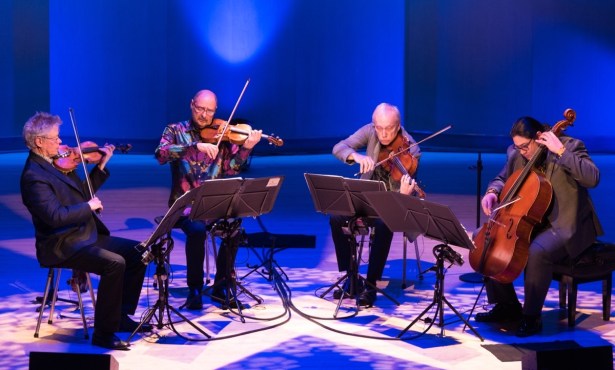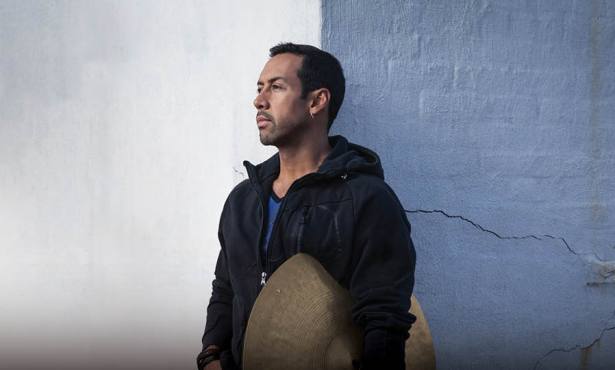CAMA Brings Classical Music to Area Schools
Luncheon Celebrates CAMA Outreach Programs
Speaking as a member of “today’s youth,” sadly, I must admit that many in my generation lump classical music with the prehistoric. At times it seems that, among younger people, classical music has been endangered to the point of extinction during the current reign of pop idols such as Miley Cyrus and the Jonas Brothers. Yet last Thursday, I met an extraordinary group devoted to preserving this value through CAMA’s Elementary School Outreach Program. As boardmember Roger Phillips eagerly expressed, one of CAMA’s most important concerns is its “aging audience, and who will be there to replace it.” Last Thursday, at a luncheon celebrating CAMA’s Education and Outreach Program, guests applauded the four-member education team, its docents, and all the music lovers involved.
I was greeted by Development Director Nancy Lynn, and quickly introduced to the president of CAMA, Dr. Dolores Hsu, and to one of the four creative masterminds behind the Elementary Outreach Program, Joan Crossland. Crossland explained that the program seeks to bring classical music to children at an early stage of their education, thus focusing mainly on 4th-, 5th-, and 6th-graders. The program began in 2001 for the elementary school program, in 1990 for the Women’s Board student ticket program, and in 1997 for the College and University Program. In 2001 at La Patera Elementary School, CAMA created a music course to integrate within the school’s curriculum. The program evolved into the current curriculum, A Classical Music Journey for Young People, which includes 24 units designed to be taught during three consecutive years. Docents go into a classroom once a month for about 40 minutes to present lessons on classical music composers, their instruments, and their epoques. The children learn the material through PowerPoint presentations, flashcards, student journals, and audio samples of specific classical instruments. For example, docents often ask students after they have listened to a sample of music: “What movie scene would you match it to-horse hooves galloping? Or falling leaves?” CAMA is proud to say that the program serves about 12 schools.
After I had the pleasure of getting my own little introduction to the program, the luncheon began, and I sat with CAMA boardmembers Elaine Stepanek and Bridget Colleary, Goleta Valley Junior High’s Jeff Peterson, and docent William Watson. Before our entrees arrived, the four directors of the education team spoke to further enlighten us. Dr. Malvinni shared his hopes that the program would become more linked to the Web, and Crossland recalled her own experience in Bakersfield, saying, “We went from having an orchestra for each high school to having to show up a half-hour earlier than first period and huddling in the last high school left with an orchestra.” Deborah Bertling reminded the luncheon attendees that “not everybody in the class is going to have the same experience” with classical music, and finally Dennis Naiman explained why we’ve lost this value of music. He argued that because of the No Child Left Behind policy, kids are raced to their grade level in order to reach the 2014 goal. There is no room for the appreciation of music and the enrichment of the arts, so the value of music-and all of the creativity that it entails and culture it holds-is discarded and today’s children are unknowingly disadvantaged. In this way, we finished the luncheon with a scrumptious raspberry sorbet and on a thankful note that CAMA is at the heart of classical music’s comeback among the children of Santa Barbara.



